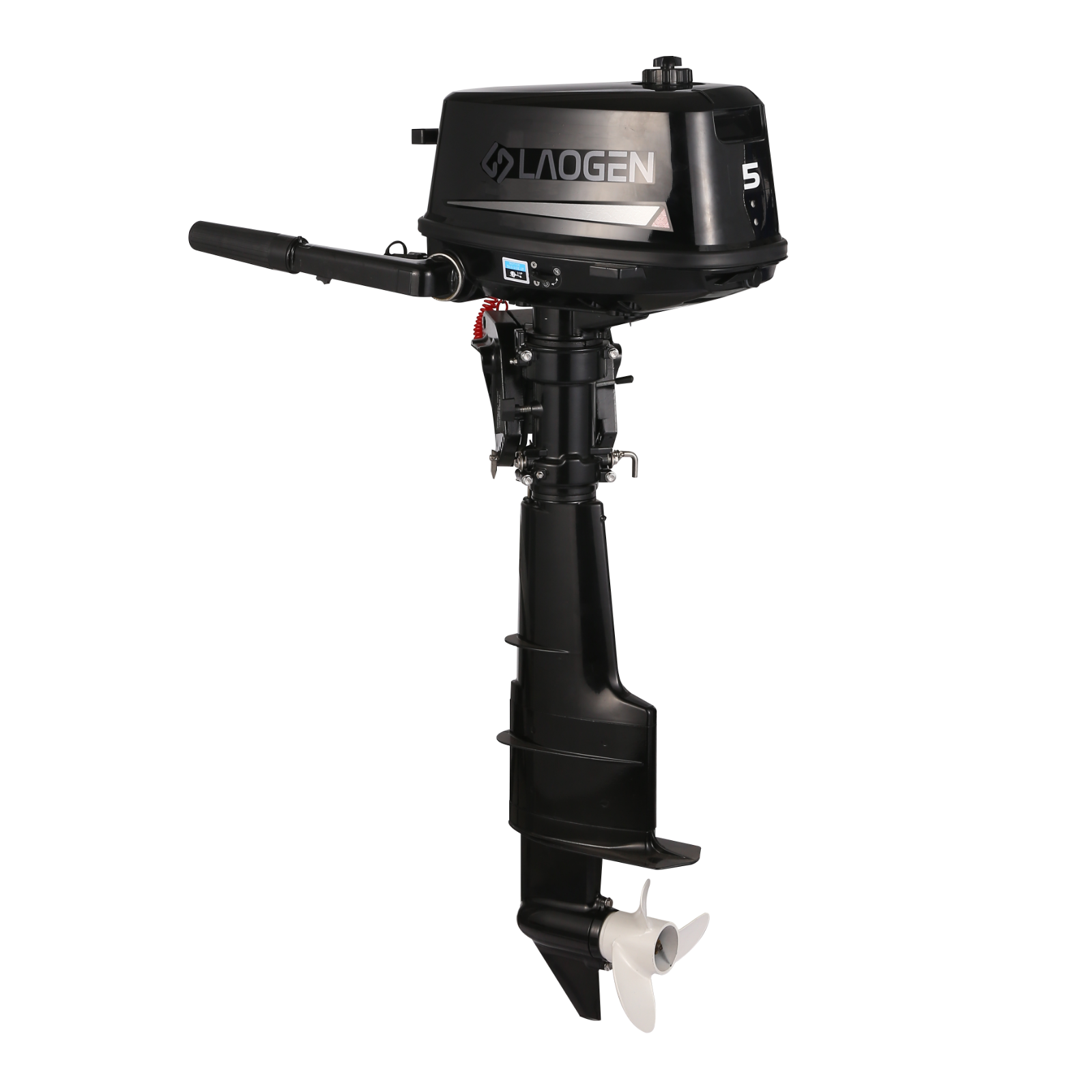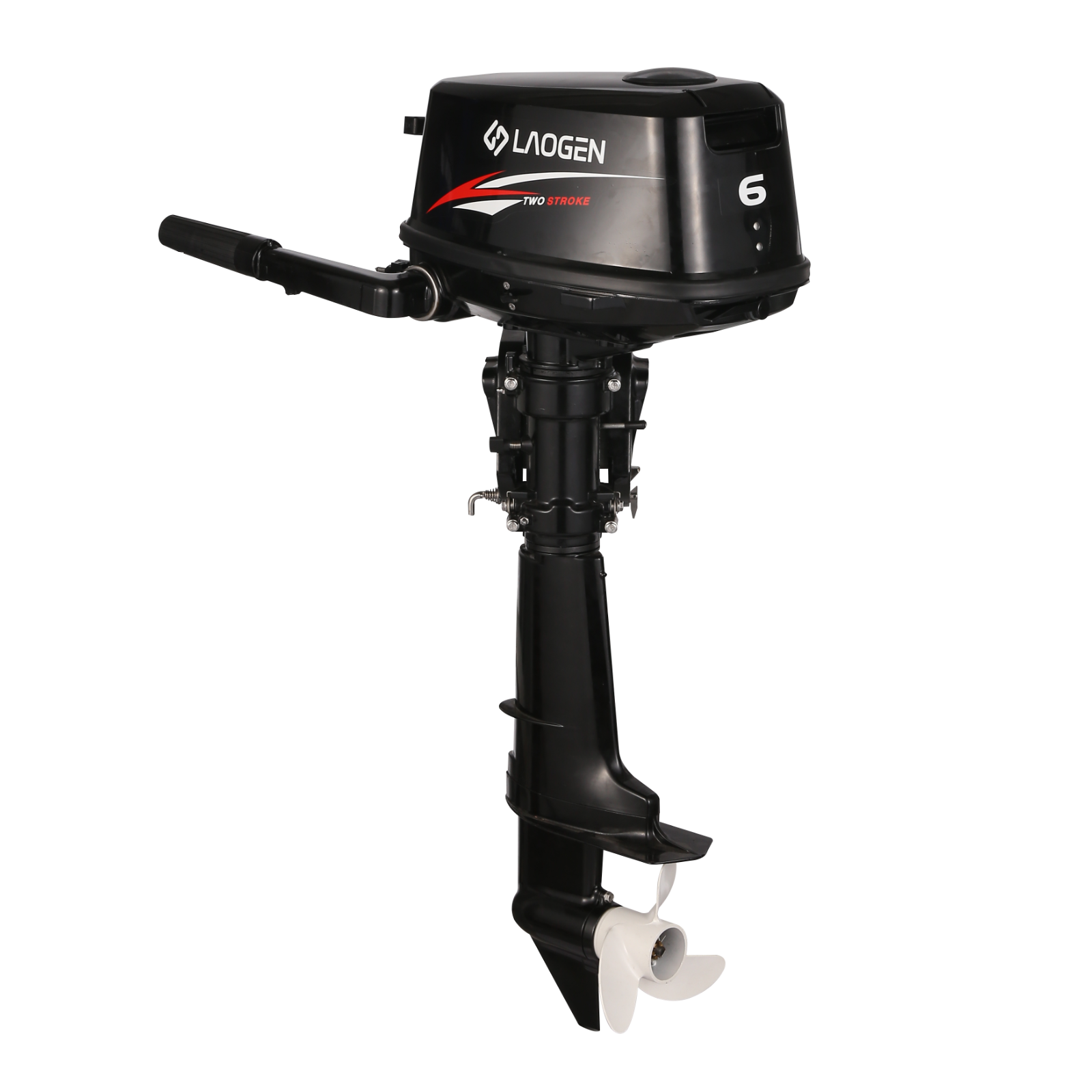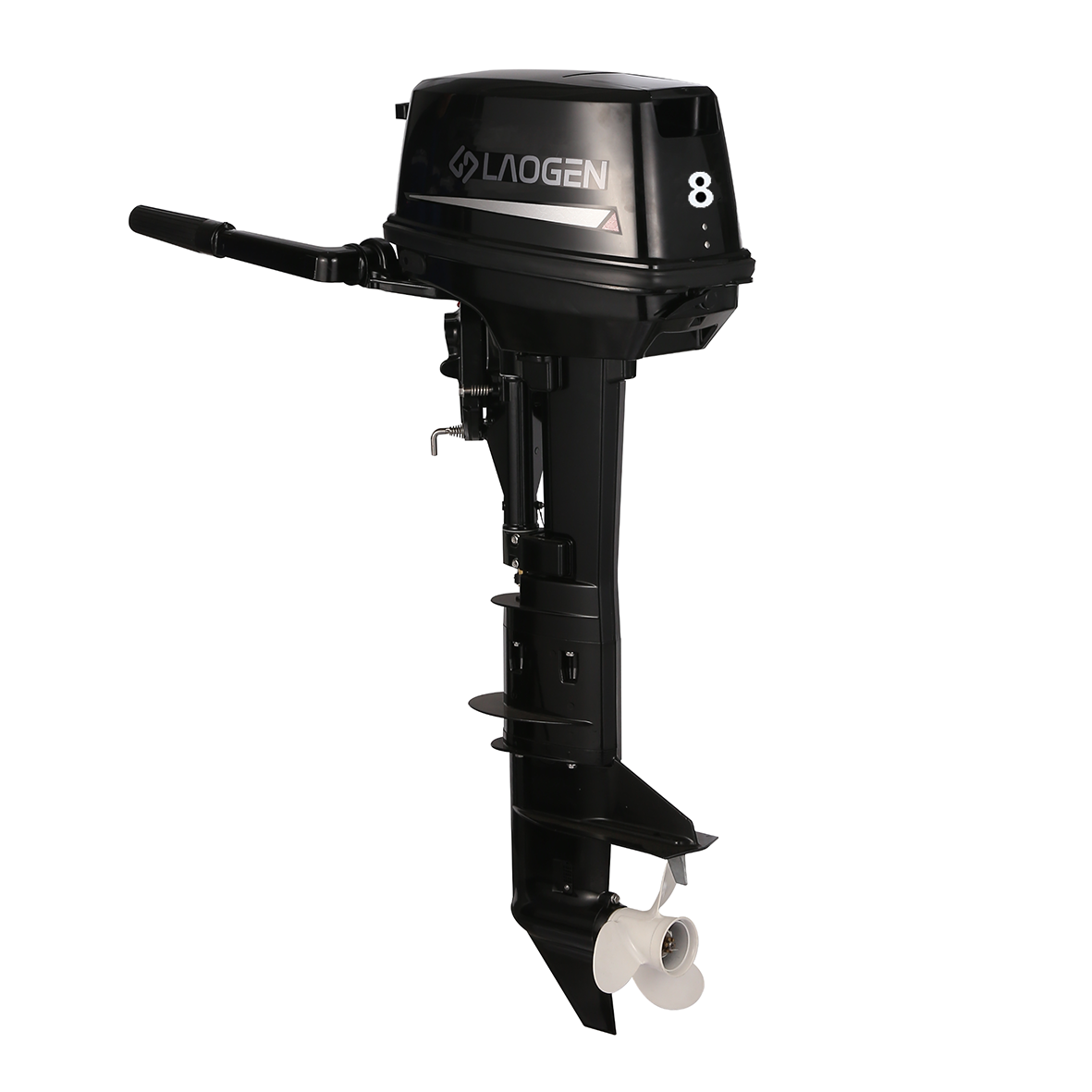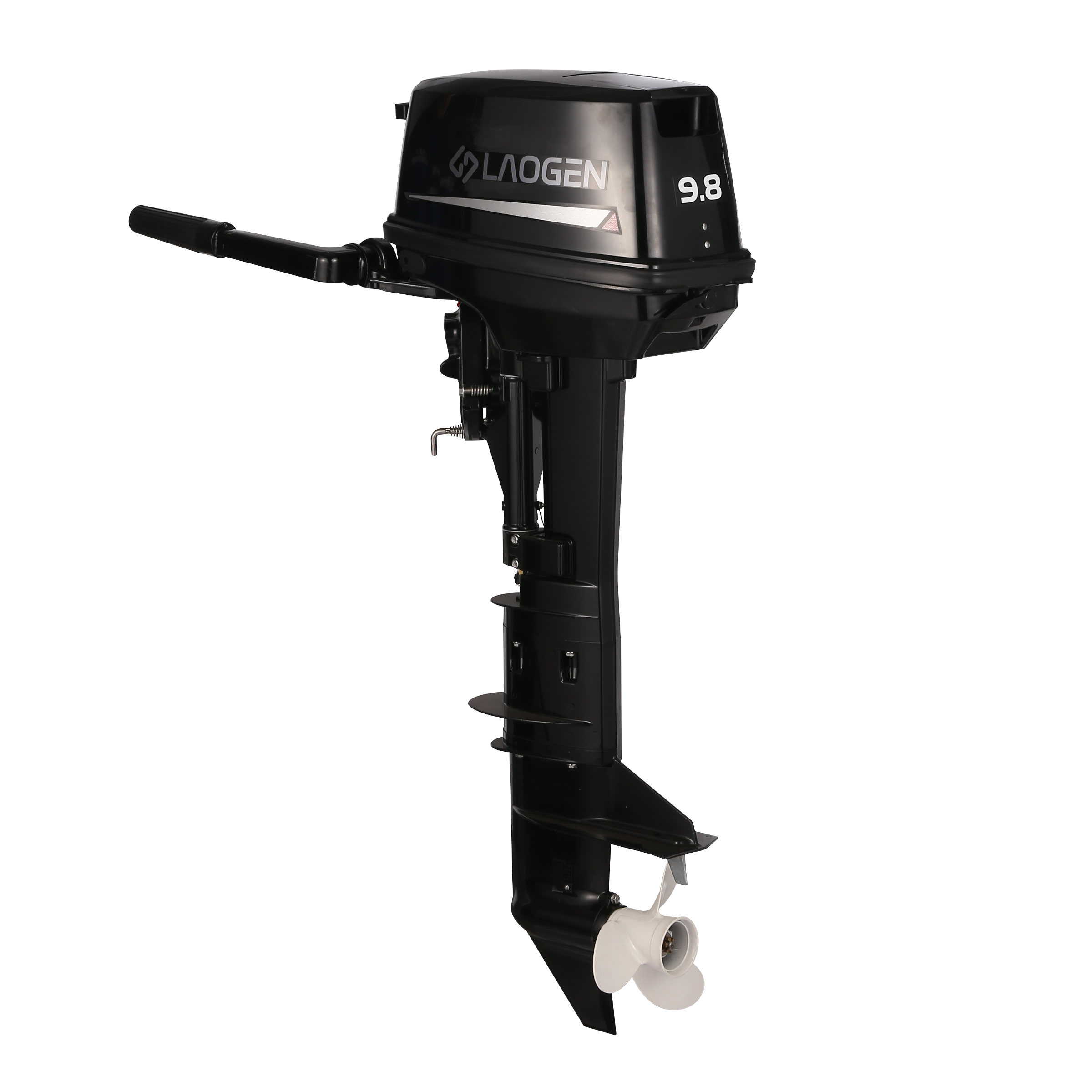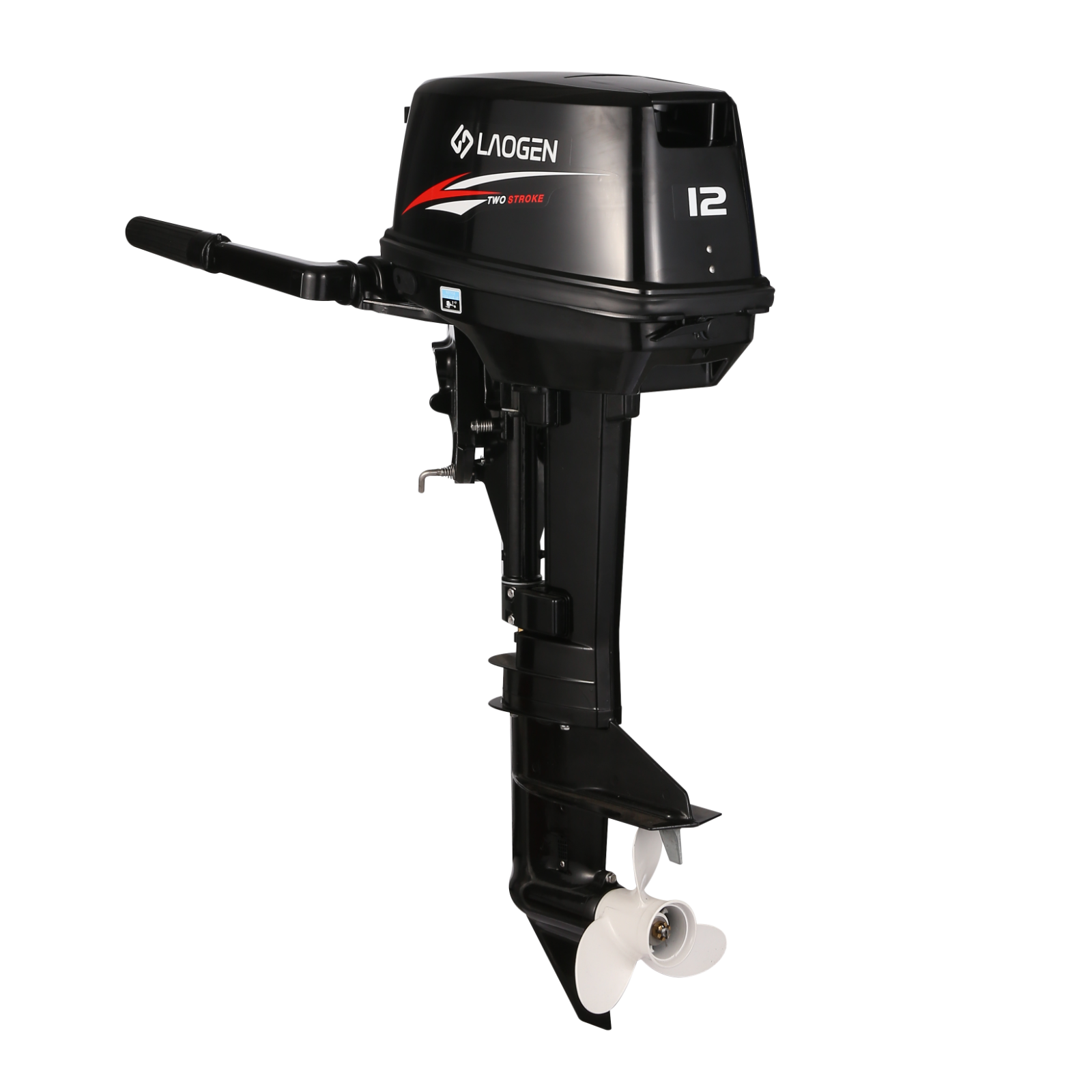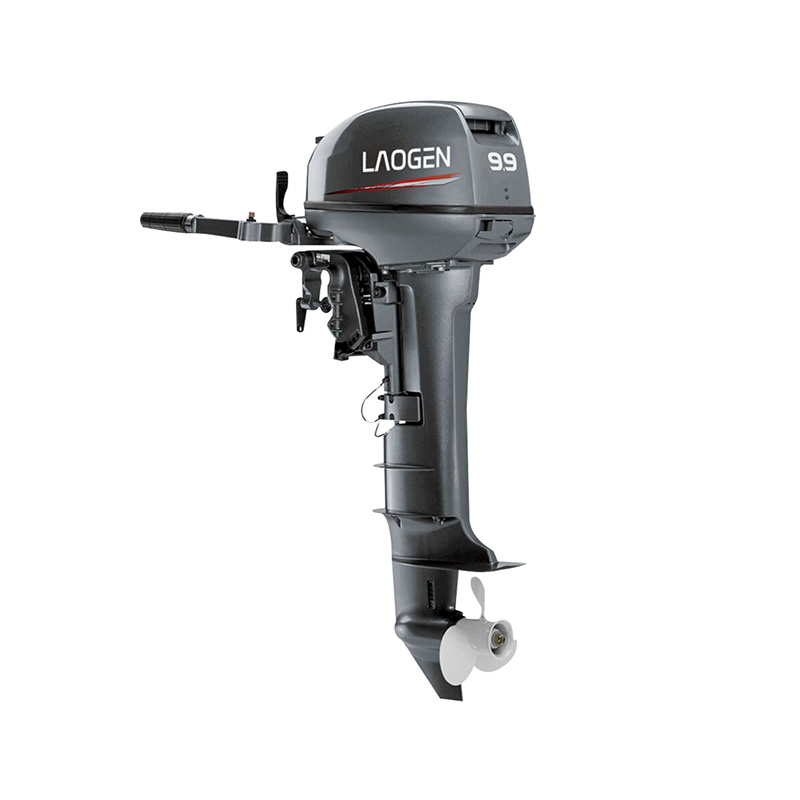40HP Outboard Engine: The Questions You Must Ask Before You Buy
A Broader View of Engine Output
When considering a 40HP outboard engine, it is natural to focus on the horsepower rating. However, this number alone does not paint a full picture of how the engine will feel and behave on the water. True propulsion is a blend of several interconnected qualities: the accessible power that drives the boat, the overall performance that defines its handling, and the efficiency that determines its operational range and cost. Understanding how these elements work together is key to selecting an engine that delivers a rewarding on-water experience.
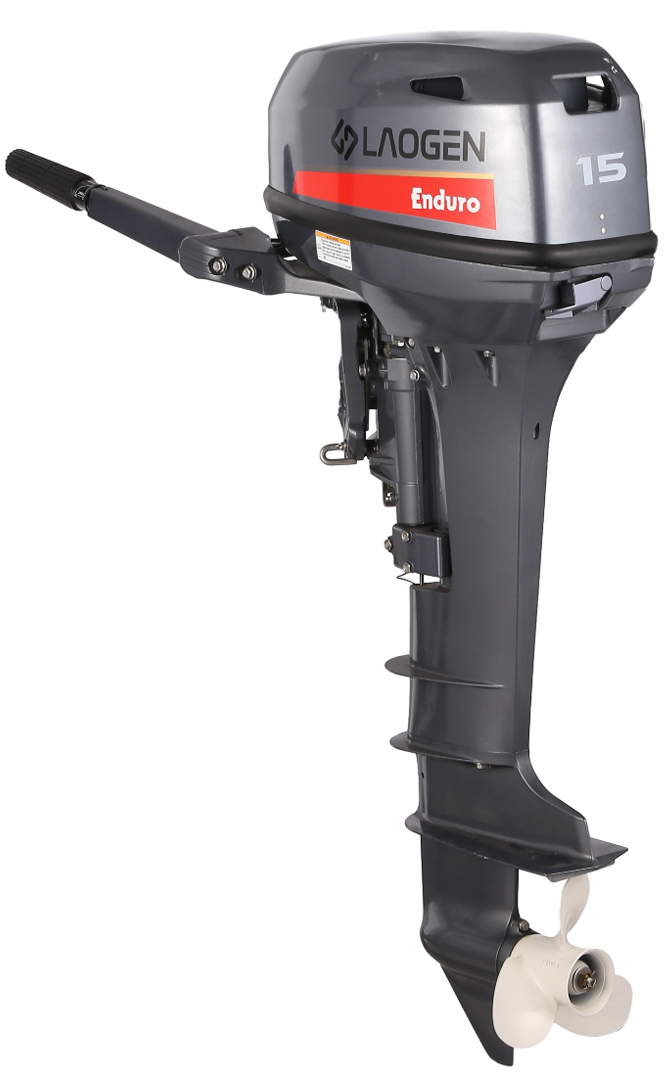
The Nature of Accessible Power
Horsepower is a measure of work done, but how that power is delivered is shaped by other forces. The rotational force produced by the engine, known as torque, is a fundamental contributor to how a boat gets moving. An engine's power band—how its output is distributed across the speed range—influences its character. Some engines may be tuned to provide strong initial thrust from a standstill, which is felt as brisk acceleration and a quick ability to get the boat up on plane.
This characteristic is particularly noticeable when the boat is carrying a load or pulling water sports participants. The engineering decisions made in the intake and exhaust systems, as well as fuel management, all contribute to this delivery. It is not solely about the peak power at full throttle, but about having a generous and usable power reserve across the speeds you use lots of often.
The Dimensions of On-Water Performance
Performance encompasses the entire interaction between the engine and the water. Acceleration is one part of this, relating to how quickly the engine can overcome inertia and bring the boat onto a plane. Once on plane, the focus shifts to mid-range performance. This is the engine's behavior at cruising speed, which is where many boats operate for the majority of their running time. A stable and smooth cruise indicates a good match between the engine, the propeller, and the hull.
Handling is another dimension of performance. This includes the engine's responsiveness to steering inputs and its behavior in turns. A well-matched engine-transom combination will feel connected and precise, inspiring confidence in the driver. The smoothness of the engine, reflected in low levels of vibration and sound, directly affects comfort during extended journeys, making the ride more pleasant for everyone on board.
The Principle of Intelligent Efficiency
Efficiency in a marine engine refers to its ability to convert fuel into useful propulsion over a given distance. It is the practical link between power and cost-effectiveness. An engine that manages its fuel effectively will provide longer range from a tank and lower operating expenses. This is often a result of refined combustion technologies that ensure a complete burn of the air-fuel mixture.
These systems are designed to adjust the engine's operation in real-time to suit the load and speed, avoiding wasteful fuel consumption. This intelligent management means you can spend more time enjoying your activities and less time concerning yourself with fuel refueling or supply logistics Furthermore, complete combustion is inherently cleaner, resulting in fewer emissions, which aligns with a responsible approach to enjoying the marine environment.
Finding a Harmonious Balance
The objective in selecting a 40HP outboard is not to find an engine that excels in a single area at the expense of all others, but to find one that presents a harmonious balance. The ideal engine provides power where it is needed for your activities, delivers predictable and comfortable performance, and operates in a manner that is mindful of fuel use. By evaluating how different designs balance these three pillars, you can identify an engine that feels responsive, reliable, and sensible, turning every trip into a positive affirmation of your choice.


 English
English русский
русский


